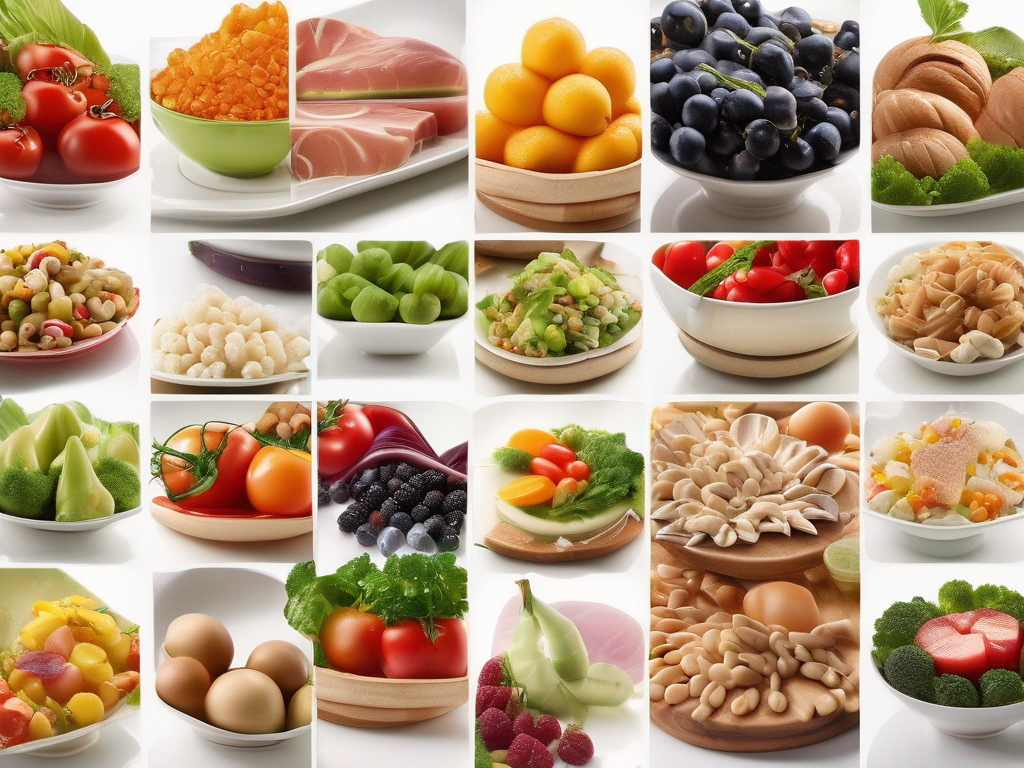
The Ultimate Guide to Food Safety and Storage
The Ultimate Guide to Food Safety and Storage
When it comes to maintaining good health, proper food safety and storage practices are essential. Whether you're a seasoned chef or a novice cook, understanding how to handle, store, and prepare food safely can prevent foodborne illnesses and ensure the longevity of your ingredients. In this comprehensive guide, we'll cover everything you need to know about food safety and storage, from best practices to practical tips.
Food Storage Essentials
Products that help you store and preserve your food better
Disclosure: As an Amazon Associate, we earn from qualifying purchases. This helps support our site and allows us to continue providing free food safety information.
Importance of Food Safety
Food safety is crucial for several reasons, including:
Preventing Foodborne Illnesses
- Improper handling and storage of food can lead to the growth of harmful bacteria, viruses, and parasites that cause foodborne illnesses.
- Symptoms of foodborne illnesses can range from mild stomach discomfort to severe dehydration and even death in extreme cases.
Maintaining Nutritional Quality
- Proper storage techniques help preserve the nutritional content of food, ensuring that you get the maximum benefit from your meals.
- Exposure to air, light, and heat can cause nutrient degradation in foods.
Reducing Food Waste
- By storing food correctly, you can extend its shelf life and reduce waste.
- Wasting food not only impacts your wallet but also contributes to environmental issues such as greenhouse gas emissions.
Food Safety Guidelines
Recommended Food Storage Products
Keep your food fresh and organized with these storage solutions
Disclosure: As an Amazon Associate, we earn from qualifying purchases. This helps support our site and allows us to continue providing free food safety information.
Follow these food safety guidelines to ensure that your meals are safe to eat:
Cleanliness
- Wash your hands thoroughly with soap and water before handling food.
- Clean and sanitize all surfaces, utensils, and equipment that come into contact with food.
- Rinse fruits and vegetables under running water before consuming.
Separation
- Keep raw meat, poultry, seafood, and eggs separate from ready-to-eat foods to prevent cross-contamination.
- Use separate cutting boards and utensils for raw and cooked foods.
Cooking Temperatures
- Cook foods to their recommended internal temperatures to kill harmful bacteria.
- Use a food thermometer to ensure that meat, poultry, and seafood are cooked to the appropriate temperature.
Storage
- Refrigerate perishable foods promptly to prevent bacterial growth.
- Store leftovers in airtight containers in the refrigerator or freezer.
Food Storage Tips
Proper food storage is key to maintaining freshness and preventing spoilage. Here are some tips to help you store your food effectively:
Refrigerator Storage
- Keep your refrigerator temperature at 40°F (4°C) or below to slow bacterial growth.
- Store raw meat, poultry, and seafood on the bottom shelf to prevent juices from dripping onto other foods.
Freezer Storage
- Freeze foods at 0°F (-18°C) or below to maintain quality.
- Label and date items before freezing to track their freshness.
Pantry Storage
- Store canned goods in a cool, dark place to preserve their quality.
- Keep grains, cereals, and flours in airtight containers to prevent pests and moisture.
Conclusion
By following proper food safety and storage practices, you can protect yourself and your loved ones from foodborne illnesses while maximizing the freshness and nutritional value of your meals. Remember to prioritize cleanliness, separation, cooking temperatures, and storage techniques to ensure that your food is safe to eat. With these guidelines in mind, you can enjoy delicious and healthy meals with peace of mind.
Food Storage Essentials We Love
Products that help you store and preserve your food better
Disclosure: As an Amazon Associate, we earn from qualifying purchases. This helps support our site and allows us to continue providing free food safety information.
Scan your food directly and get instant safety info using our AI-powered camera feature.




